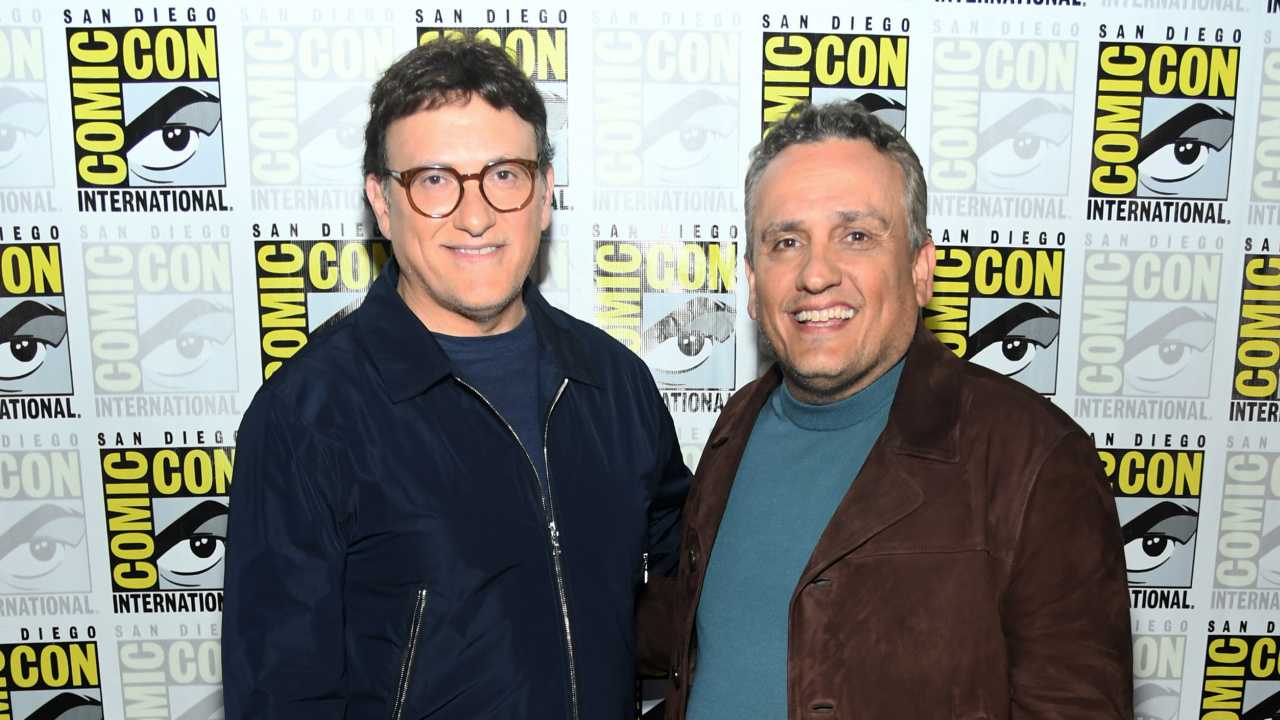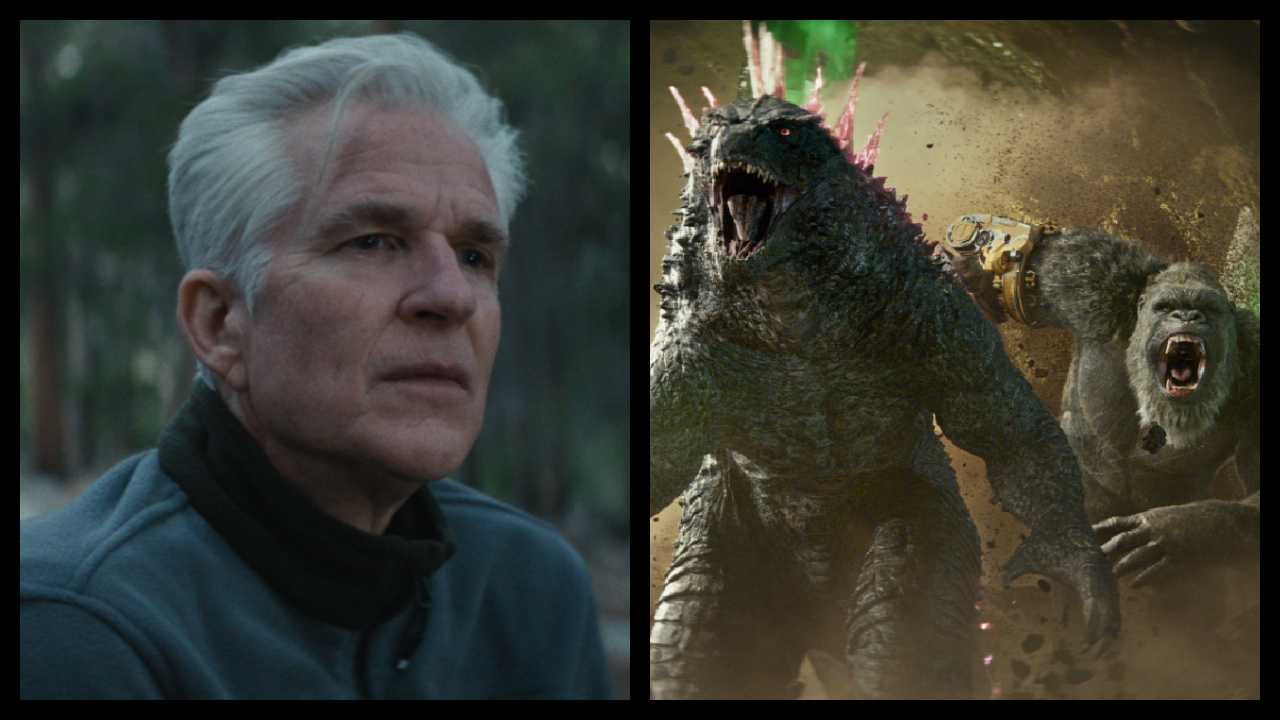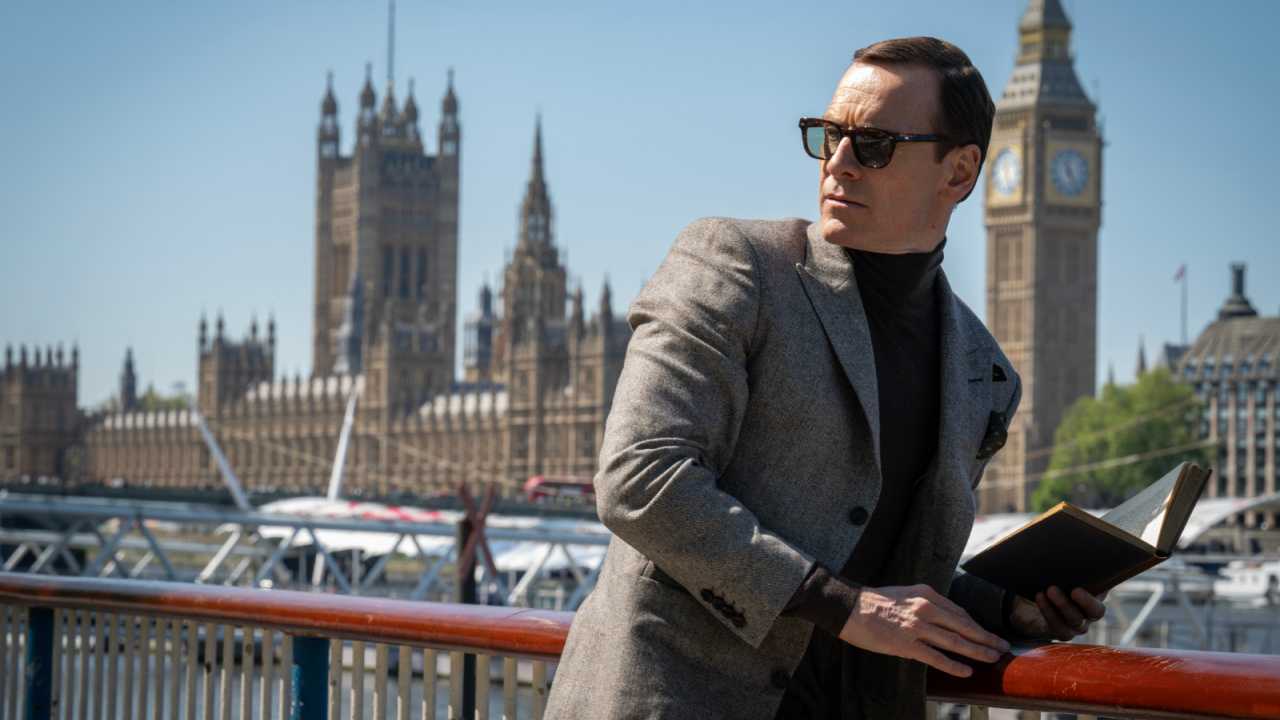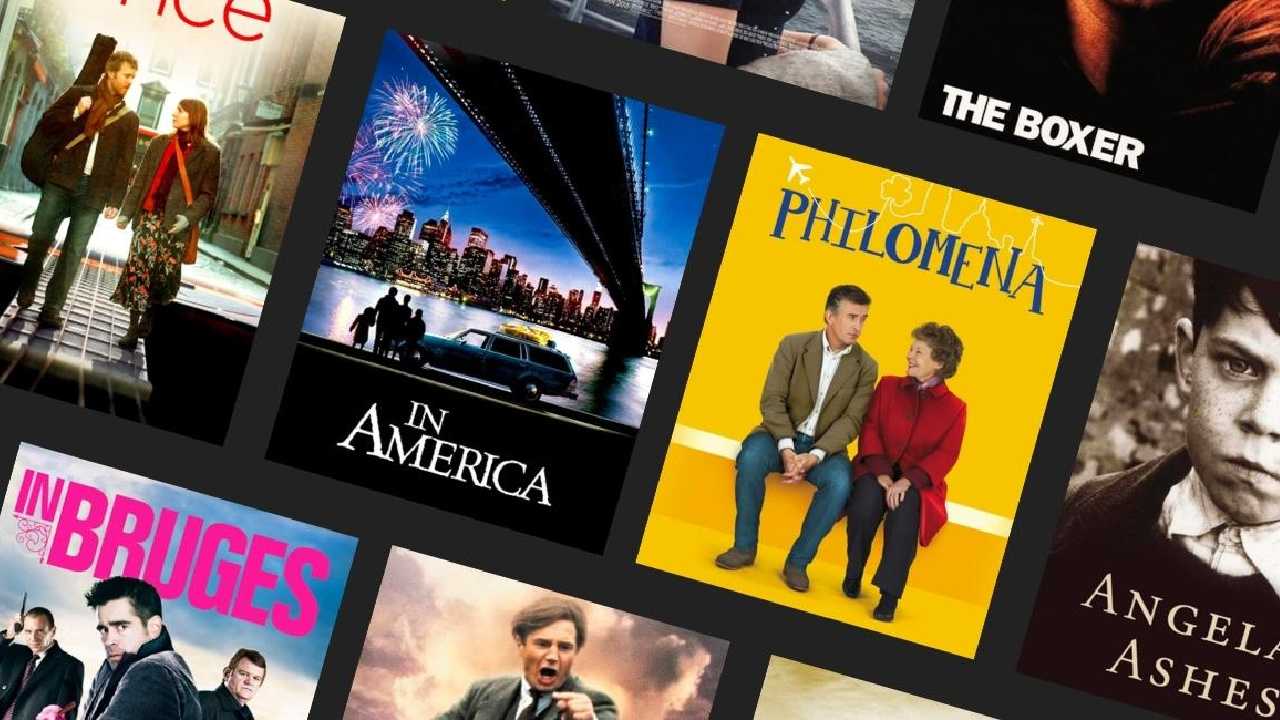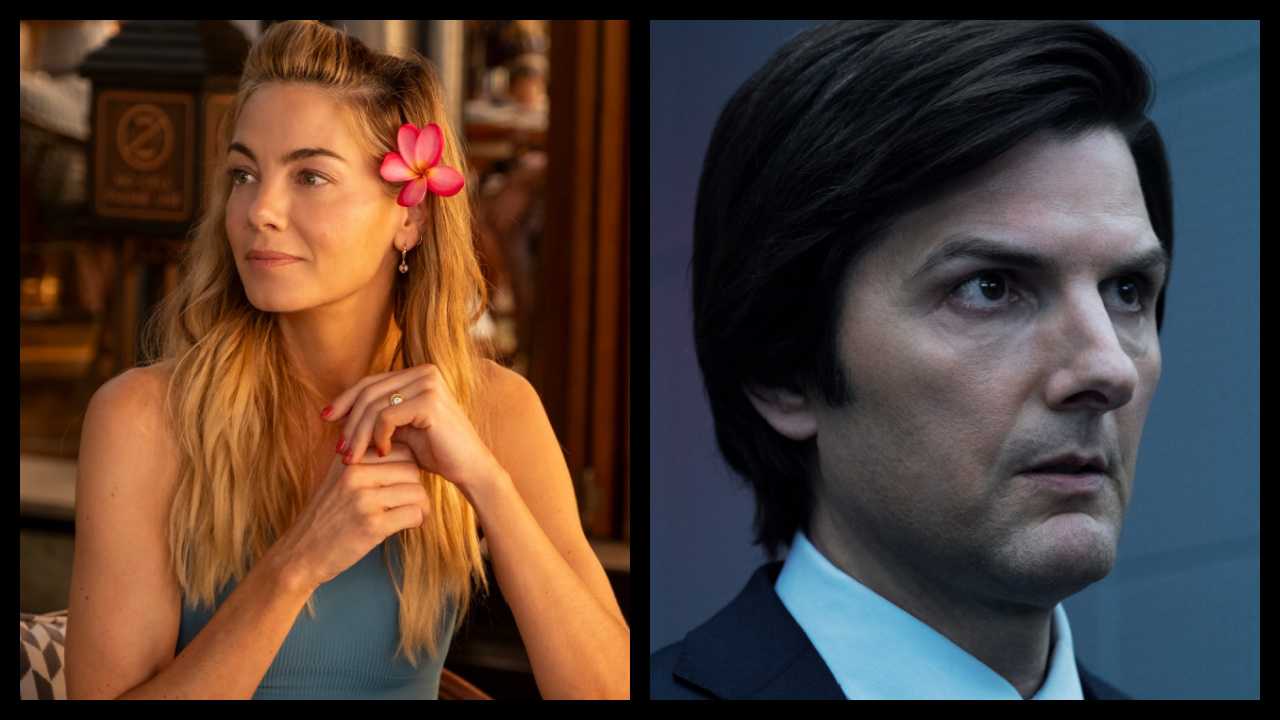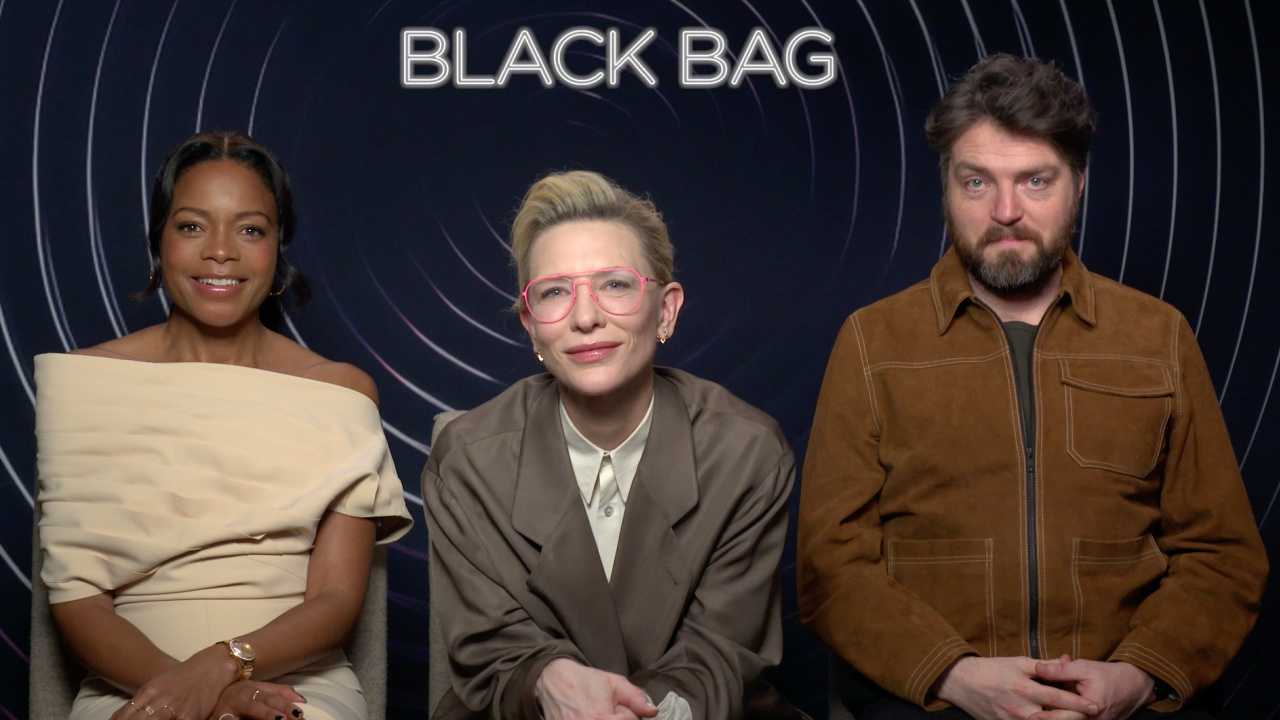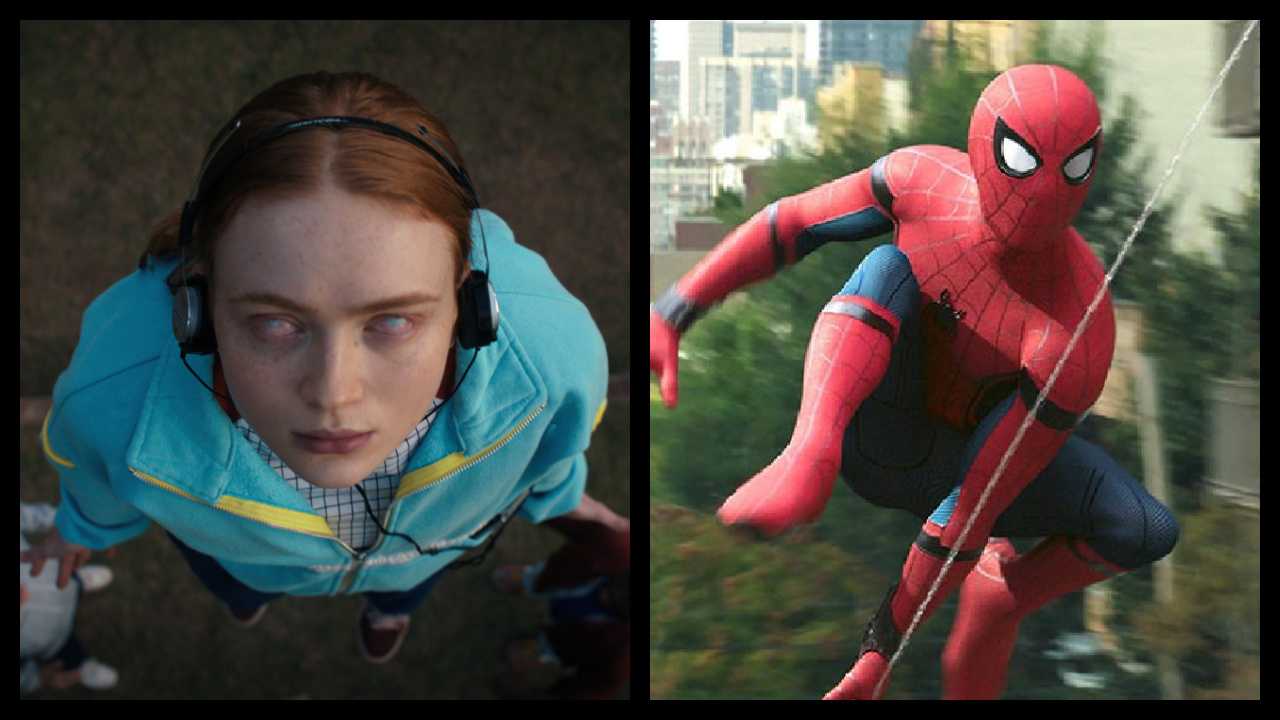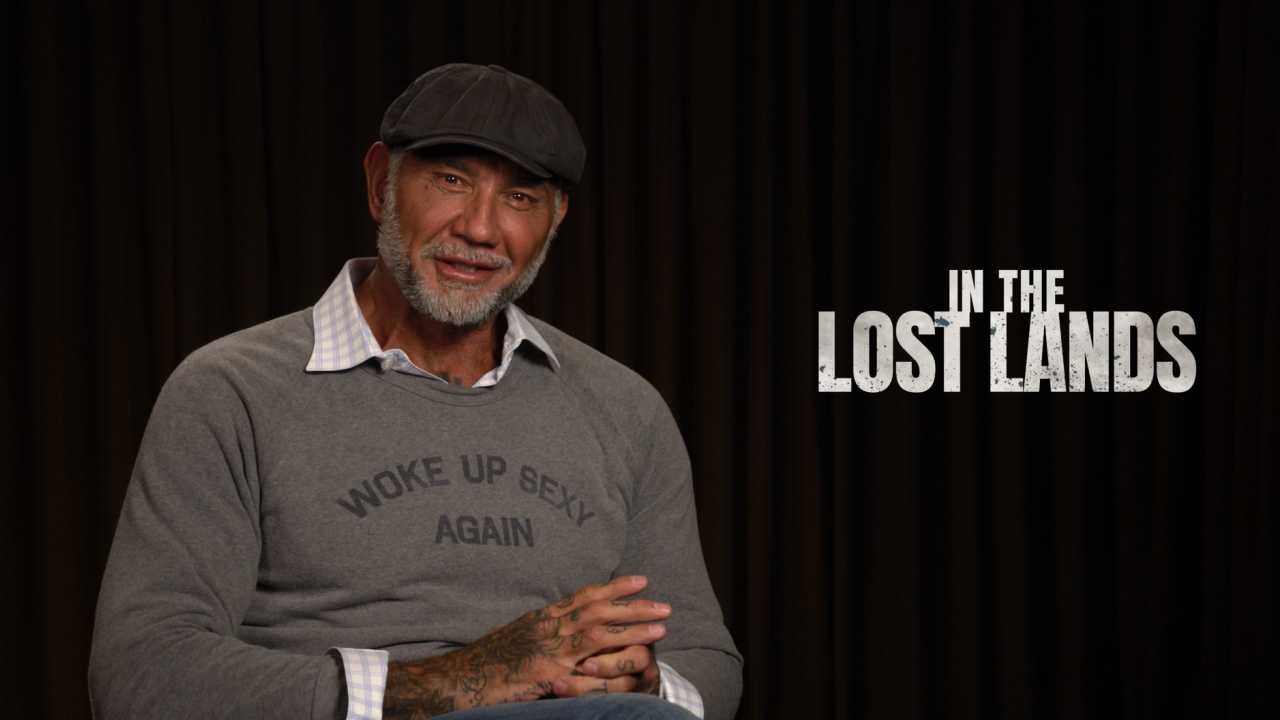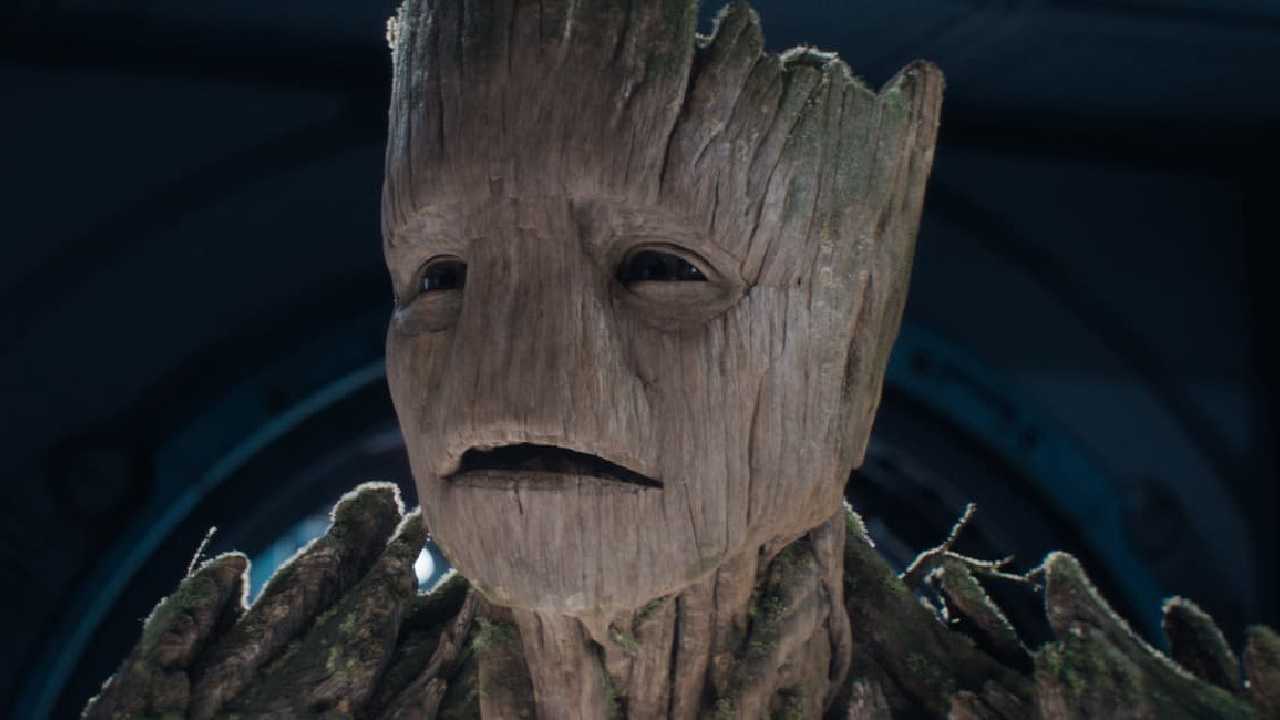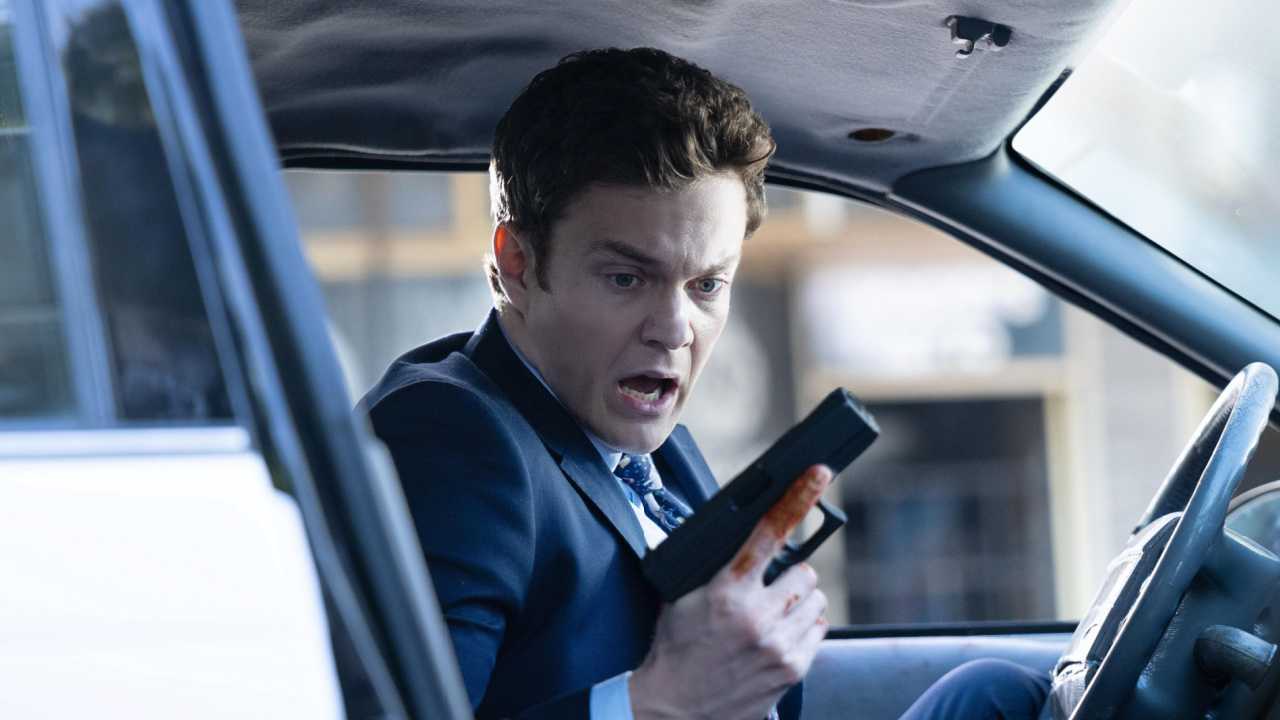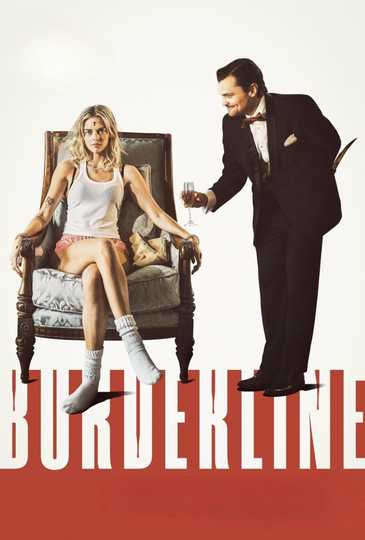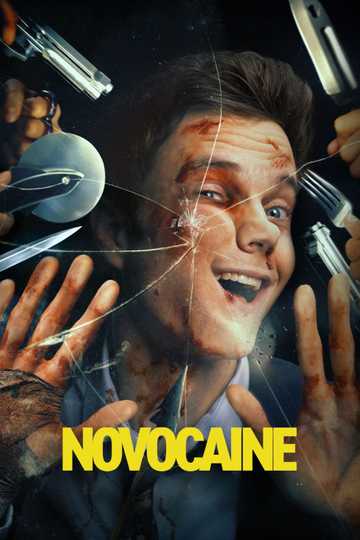13 Reasons Why Elizabeth Taylor Is Still the Queen of Hollywood
It's time to raise your glass and rattle your jewelry for a birthday toast to Elizabeth Taylor, who'd have turned 83 on Feb. 27. Though memories of her begin to fade, the legacy of the woman who was perhaps the most beautiful, most popular, most everything movie star of all time remains as vivid as ever.
Younger moviegoers may wonder what all the fuss was about. Here, then, are 13 reasons why Taylor remains, decades after her prime and four years after her death, the queen of Hollywood.
1. In a way, she never left.
Even though she died in 2011, they're still showing her in commercials for her perfume, White Diamonds.
2. She's the original diva.
Long before Beyonce, the Kardashians, Jennifer Lopez, and other current divas, Taylor pretty much invented the concept that a celebrity's offscreen life was just as much a performance as onscreen, and just as much part of the job description. The eight marriages, the health scares, the world-class collection of jewels given to her by various suitors, the money, the philanthropy, the scandals, and the seven decades' worth of paparazzi photos -- all informed her day job of creating larger-than-life characters on stage and screen, but they also burnished her legend. In the end, it became impossible to separate her drama on-screen from her drama off-screen. But separating them would have been beside the point. Over the last three decades of her life, she hardly acted at all, and yet she never stopped entertaining fans and endearing herself to them with the outsized performance that was her life.
3. She had the talent to back it up.
The phrase "famous for being famous" may describe some of the personalities mentioned above, maybe even Taylor herself in her later years. But the reason people were fascinated by her in the first place was that she had the talent to back up her lifelong fame. She was delivering acclaimed performances from the time she was 12, and she eventually had two Oscars to prove she was more than just a pretty face
4. She was an original beauty.
But oh, what a face! Taylor was considered one of the most beautiful women who ever lived, from her adolescent years to her cougarhood 50 years later (she was in her sixties during her marriage to Husband No 8, Larry Fortensky, 20 years her junior). Even in her later years, as time finally began to take its toll, she still had those fiery violet eyes.
5. Her work is iconic.
Taylor's earliest great performance was in "National Velvet," made when she was 11. Released 71 years ago, it remains the definitive girl-and-her-horse movie.
6. She and Eddie Fisher were the original Brangelina...
Sixty years ago, "Singin' in the Rain" star Reynolds was America's sweetheart, and heartthrob crooner Fisher was her husband. They were best friends with the Todds -- that is producer Mike Todd and Taylor (Todd was her third husband). When Todd died in a plane crash, Liz found consolation in the arms of Fisher; soon he was leaving Reynolds to become Taylor's fourth husband. As you can imagine, in the 1950s, this was an especially lurid scandal, but one that only added to the star power of all three principals.
7. She had no shortage of scandals.
And yet, that scandal paled next to the one that arose when Taylor left Fisher for Richard Burton. They met on the set of "Cleopatra," when he was playing Mark Antony to her Egyptian queen. Over the course of the film's months-long shoot, while both stars were staying in Rome with their spouses, Taylor and Burton fell in love. Their affair was the worst-kept secret in show business, openly carried out in front of Europe's paparazzi. Even the Vatican felt compelled to weigh in, condemning the Taylor for what it deemed her "erotic vagrancy." (Burton apparently got a Papal pass for his erotic vagrancy.) Over the next 23 years (until Burton's death in 1984), Liz and Dick would marry and divorce twice and capitalize on their notoriety in a dozen joint film appearances and (long after their second divorce) a Broadway play. More than half a century later, the "Cleopatra" coupling remains the most scandalous on-set romance of all-time;
8. She commanded the screen -- and demanded a big paycheck.
By the way, "Cleopatra" is often remembered as the costliest flop of all time, which isn't entirely fair. Yes, the cost of the 1963 epic spiraled out of control; budgeted at $2 million -- half of which went to Taylor, who became the first actress to command a seven-figure salary -- the film ultimately cost $33 million to shoot. It became the top grossing movie of 1963, but even that wasn't enough to recoup the movie's enormous production and marketing costs. Twentieth Century Fox nearly went bankrupt and sold off much of its Hollywood backlot to developers (today, it's the Century City neighborhood). Still, all that glorious excess is visible in every grandiose frame of the film. Of course, no spectacle in the movie is as over-the-top as Taylor herself, her voluptuous frame nearly spilling out of each of her 65 costumes (a record for costume changes that stood until Madonna played Eva Peron in "Evita" 33 years later). Her Cleopatra was a regal femme fatale who manipulated the most powerful men in the world and demanded to be adored. No wonder Angelina Jolie wants to remake it.
9. She had a hand in a Hollywood revolution.
Taylor helped end 35 years of Hollywood censorship with her Oscar-winning "Who's Afraid of Virginia Woolf" performance. The 1966 adaptation of Edward Albee's play, starring the Burtons as a boozy, brawling couple (typecasting?), broke new ground in exploration of adult themes and in risqué language. The decision to release the film with those elements intact -- and the commercial success and Oscars that resulted -- effectively destroyed the Production Code that had sanitized Hollywood films since the early 1930s, leading to the adoption in 1968 of the ratings system we have now. The film also launched the movie career of Mike Nichols as an A-list director, a career that would include such landmarks over the next 40 years as "The Graduate," "Silkwood," "Working Girl," and "The Birdcage." Even today, "Woolf" retains its shocking power and remains Taylor's finest performance.
10. She was fearless.
Back when no one else dared, she was the first person in Hollywood to start raising money to fight AIDS. Inspired by the predicament of her ailing friend and "Giant" co-star Rock Hudson, Taylor co-founded the American Foundation for AIDS Research (AmFar) and the Elizabeth Taylor AIDS Foundation. Today, AIDS activism is no big deal, but back in 1985, when AIDS and its patients were subject to routine homophobia and paranoid fear, Liz was out there on the line by her lonesome.
11. We're still fascinated by her.
Proof that her life story was as compelling as her screen performances has come in a number of made-for-TV movies about her. Most recent is 2013's "Burton and Taylor," starring Helena Bonham Carter as Liz and Dominic West as Dick. No doubt there will be more; the fascination won't end anytime soon.
12. She has a lasting movie legacy.
If it ever does, though, there will still be the movies. People will always be able to go back to "National Velvet," "Father of the Bride," "A Place in the Sun," "Giant," "Cat on a Hot Tin Roof," "Cleopatra," "Who's Afraid of Virginia Woolf," and many others, and they'll be reminded of just how striking she was, as a woman, as an actress, as a camera subject.
13. We'll never stop talking about her.
Through those performances as strong women yearning for affection and appreciation, through her tabloid life, and through her charitable efforts to de-stigmatize some of the most shunned people in the world, Taylor essentially sparked a worldwide conversation that's gone on for decades, on the topic of what it means to love. Who today can unite people around the world and get them to ponder that question? There's no one who can do that like she could, and that's why Taylor will continue to loom large in our imaginations and Hollywood fantasies for years to come.



